Oil price posts two-year highs - but how long can it last?
Brent rose above $59 a barrel this week, its best third-quarter showing since 2004
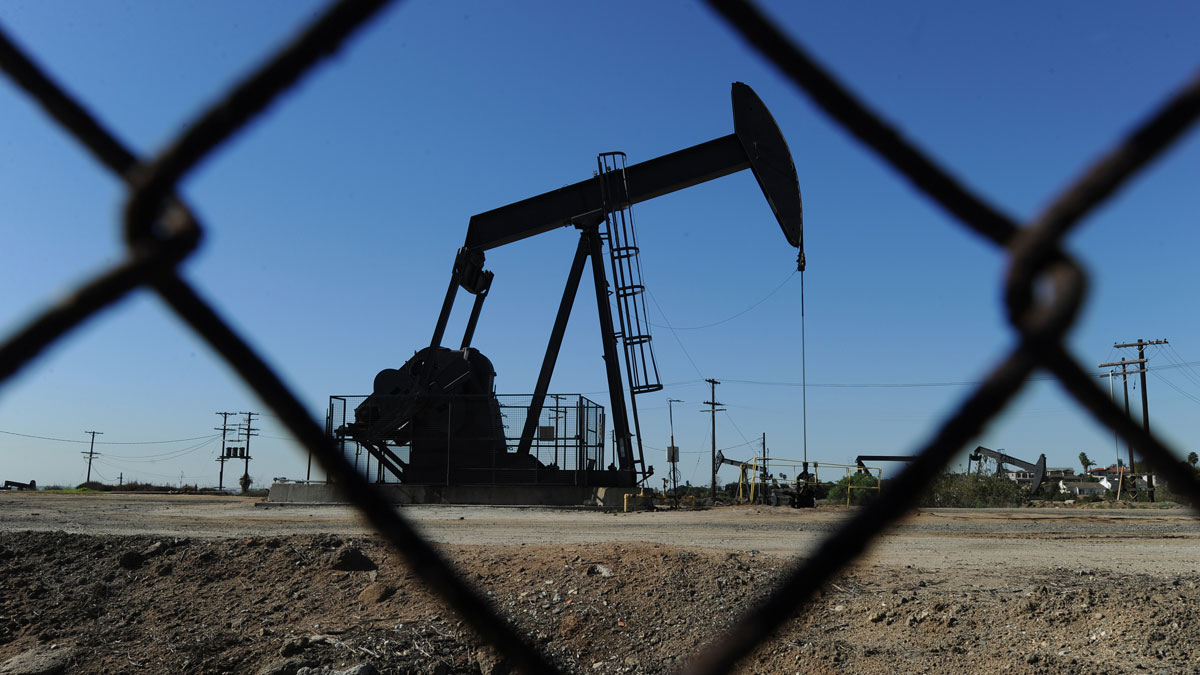
Oil price 'momentum continues to wane' on stocks build
14 December
Oil price "momentum has continued to wane", a market expert told Reuters, following a bout of bearish data on supplies.
In its latest weekly report, the private sector American Petroleum Institute (API) estimated that US crude oil reserves grew by 4.7 million barrels last week.
The Week
Escape your echo chamber. Get the facts behind the news, plus analysis from multiple perspectives.

Sign up for The Week's Free Newsletters
From our morning news briefing to a weekly Good News Newsletter, get the best of The Week delivered directly to your inbox.
From our morning news briefing to a weekly Good News Newsletter, get the best of The Week delivered directly to your inbox.
That would be an "unexpectedly large build" – something that increases traders' fears that global supplies are still exceeding demand.
Elsewhere, the International Energy Agency (IEA) estimated that production from the 14-national Opec cartel hit 34.2 million barrels a day in November, 500,000 above the group's own figure, which was already an all-time record.
This feeds into concerns the group will "cheat" on its deal to cut production to between 32.5 million barrels a day from January.
Oil surged into the high $50s this week when that agreement was joined at the weekend by a commitment to additional cuts from non-Opec states such as Russia. However, it has since dipped back. International oil price benchmark Brent crude was down more than one per cent to a little above $55 a barrel this morning, while its US counterpart, West Texas Intermediate, fell 1.2 per cent to $52.35 a barrel.
A free daily email with the biggest news stories of the day – and the best features from TheWeek.com
Also weighing on sentiment today is the likelihood that interest rates in the US could rise, which would boost the dollar and make oil more expensive in most markets.
Jeffrey Halley, an analyst at OANDA brokerage in Singapore, said: "Momentum continues to wane in oil markets… following higher than expected API inventory numbers in the United States.
"We expect Asia trading to have a slightly negative bias as traders trim longs into the Federal Reserves' main event this evening."
Oil is unlikely to fall much further in the short term, however, as the prospect of a combined cut of 1.8 million barrels per day next year raises the prospect of a balanced market.
In fact, the International Energy Agency said that despite the currently soaring production, the market would record a supply deficit of 600,000 barrels next year as long as producers honoured the pledges they have made.
Oil price dips after hitting 16-month high
13 December
The oil price dipped in overnight trading after hitting a 16-month high in the wake of this weekend's announcement of global production cuts.
Brent crude, the international oil price benchmark, surged more than six per cent at one point on Monday, reaching close to $58 a barrel and its highest price since July 2015. West Texas Intermediate, its US counterpart, hit a peak near $55.
However, both benchmarks were trading markedly lower this morning, at around $55.60 and $52.70 respectively.
"Crude-oil prices lost steam in early Asian trade Tuesday as investors turned bearish over oil producers' commitment to observe a deal aimed at easing supply to the market," says the Wall Street Journal.
From a low of $44 a barrel in October, oil had rallied on the back of an Opec deal to cut at least 1.2 barrels a day from supply. Non-Opec producers including Russia agreed this weekend to cut a further 558,000 barrels a day.
Opec and other market observers believe the oil price could rise above $60 a barrel – and perhaps as high as $70 - if the deal brings supply back below the level of global demand.
But Goldman Sachs told the WSJ that in 17 production cuts agreed since 1982, Opec members have cut an average of just 60 per cent of their commitments. Acrimony and competition between members is arguably higher now than it has ever been.
The US investment bank itself expects total production cuts to come in at one million barrels a day next year, below the 1.76 million barrels pledged, and forecasts oil will average around its current level of $55 a barrel.
In addition to the potential for Opec non-compliance or "cheating", there is widespread speculation that an above-$50 oil price will trigger a renewed burst of US production.
For now, though, the oil market is riding a wave and the overnight cuts are probably as much to do with profit-taking from the sharp rally of recent sessions as anything else.
Motorists in the UK are already seeing the results of the rise, says The Guardian. Petrol prices, which were below £1 a litre earlier this year, are set to rise by 3p a litre and go above £1.20 in the coming weeks, says motoring organisation the AA.
Oil price soars above $57 after producers agree more cuts
12 December
The oil price soared by six per cent in the first Asian trading session of the week and was still well up on Friday's closing price this morning.
Brent crude approached $58 at one point and in early trading in London, continued to be more than five per cent higher, hitting above $57 a barrel.
Its US counterpart, West Texas Intermediate, was up 5.2 per cent to around $54.20.
This is oil's second rally this month. The first week of December saw a 15 per cent rise after the 14-nation Opec producer cartel agreed to cut output by 1.2 million barrels per day from January, contingent on non-Opec producers reducing exports by 600,000 barrels per day.
This has now been achieved, with Sky News reporting that countries including Russia agreed cuts of 558,000 barrels at a meeting yesterday.
Opec delegates confirmed the deal cemented their broader production restraints, which analysts believe will bring the market into supply balance early next year.
The bolstered agreement "amounts to an aggregate supply cut of 1.76 million barrels per day from 24 countries which currently produce… 54 per cent of world oil supply", said analysts at AB Bernstein.
In practice, the cuts will be more than that. However, they will achieve only the same end as production from both Opec and Russia increased in November, raising the level from which reductions will take effect.
This ramping up of output on the eve of a deal has spooked some experts, who believe acrimony among the oil-producing countries will undermine compliance with the deal terms.
Goldman Sachs estimates the oil price will average $55 a barrel in 2017, on the basis that cuts will come in at a more modest one million barrels per day, says Reuters.
Others, including the global energy watchdog the International Energy Agency, say the raised oil price will increase output from US shale producers, offsetting the reductions and undermining the oil rally.
Barclays said Opec's strategy is "bound to overshoot" and that while oil will reach $60 a barrel in the coming months, it will then fall back to $52 in the second half of next year.
US shale will 'kill' oil price rally, warns EIA
9 December
Oil's strong rally will run out of steam as US shale revives, warns the Energy Information Administration (EIA).
According to its latest short-term market update, the US watchdog seems to believe Opec's members will honour its deal to cut 1.7 million barrels a day from its output, the agreement which sparked the recent upturn.
However, it doubts how effective this will be in reversing the supply glut that has persisted for the past two years and weighed on the oil price, says Oilprice.com.
More critically – and in line with widespread analyst speculation – it expects the jump in the oil price to above $50 a barrel will trigger a rebound in US shale production, as well as other non-Opec output, and offset reductions elsewhere.
The count of the number of drilling rigs active in the US has been growing for several months and the EIA says that for the first time since 2014, "publicly-traded international oil companies reported a collective profit in the third quarter of this year".
Overall, it expects crude oil reserves to grow by an average of 800,000 barrels per day in the first six months of 2017.
As a result, it says prices will be capped around current levels. Brent crude, the international oil price benchmark, is expected to average less than $52 a barrel and its US counterpart, West Texas Intermediate (WTI), will average around $50.
A group of 29 oil industry experts polled by Reuters broadly agree that robust non-Opec production will prevent the Opec-inspired rally from going much further in the short term.
They predict Brent and WTI will average more than the EIA expects next year, at $57 and $55 a barrel respectively, still well short of the $60 a barrel some had predicted.
Brent crude was up 0.5 per cent this morning to $54.17 a barrel, while WTI was up 0.8 per cent at $51.25 a barrel.
Oil price dips despite fall in US crude reserves
8 December
A fall in US stockpiles ahead of analyst expectations was not enough to stop oil prices dipping on Wednesday.
Brent crude, which was above $55 a barrel following the Opec agreement to cut production, fell 1.7 per cent to around $53 in New York trading last night, while US counterpart, West Texas Intermediate (WTI), plunged 2.3 per cent to below $50 - both despite the news that US inventories dropped by 2.4 million barrels last week, ahead of an estimate in a Reuters poll for a fall of one million barrels.
But this in turn comes after a two-month period during which stockpiles have been on an upward trend and amid "key oil inventory data [showing] rising stockpiles around the globe", says Investing.com.
In general, though, traders are not focussing on supply statistics but rather this weekend's meeting between members of Opec and other global oil producer countries.
The cartel's cuts, which after a sharp rise in output in November amount to 1.7 million barrels a day, are apparently contingent on non-Opec countries cutting 600,000 a day. So far, only Russia has committed to reducing output, but even that 300,000 barrel-per-day drop comes after a 500,000 rise in exports since August.
Helping sentiment is the intervention of Emmanuel Ibe Kachikwu, the oil minister of Opec member Nigeria, who said the cartel's cuts will go ahead irrespective of a non-Opec deal.
Of course, that is easy to say when your country is exempt from slowing production. Several analysts doubt the commitment of other member states.
Brent crude recovered some ground this morning, by one per cent to around $53.50 a barrel, while WTI was up 0.9 per cent to $50.20.
-
 A lemon-shaped exoplanet is squeezing what we know about planet formation
A lemon-shaped exoplanet is squeezing what we know about planet formationUnder the radar It may be made from a former star
-
 Political cartoons for January 4
Political cartoons for January 4Cartoons Sunday's political cartoons include a resolution to learn a new language, and new names in Hades and on battleships
-
 The ultimate films of 2025 by genre
The ultimate films of 2025 by genreThe Week Recommends From comedies to thrillers, documentaries to animations, 2025 featured some unforgettable film moments
-
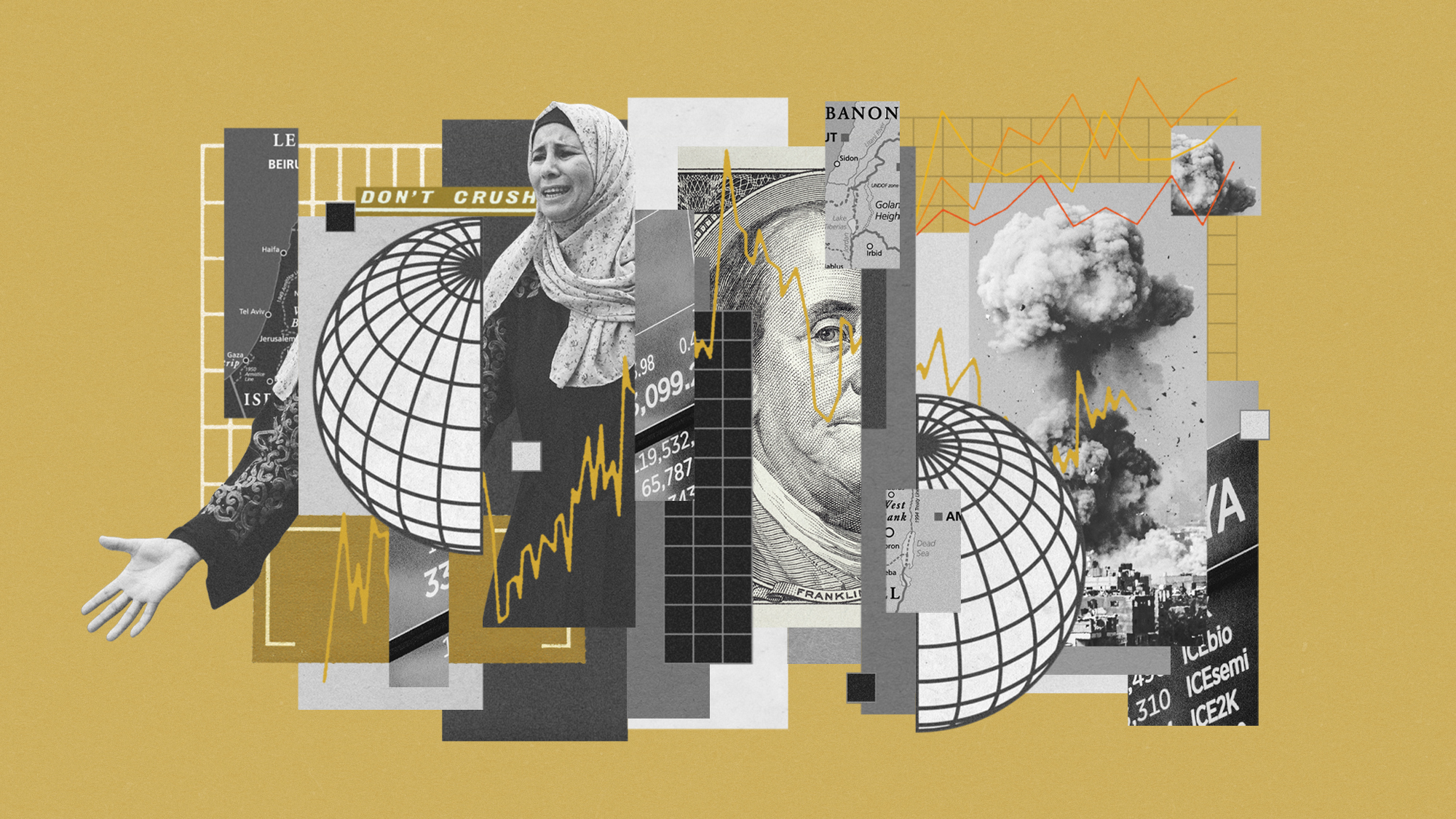 How might the Israel-Hamas war affect the global economy?
How might the Israel-Hamas war affect the global economy?Today's Big Question Regional escalation could send oil prices and inflation sky-high, sparking a worldwide recession
-
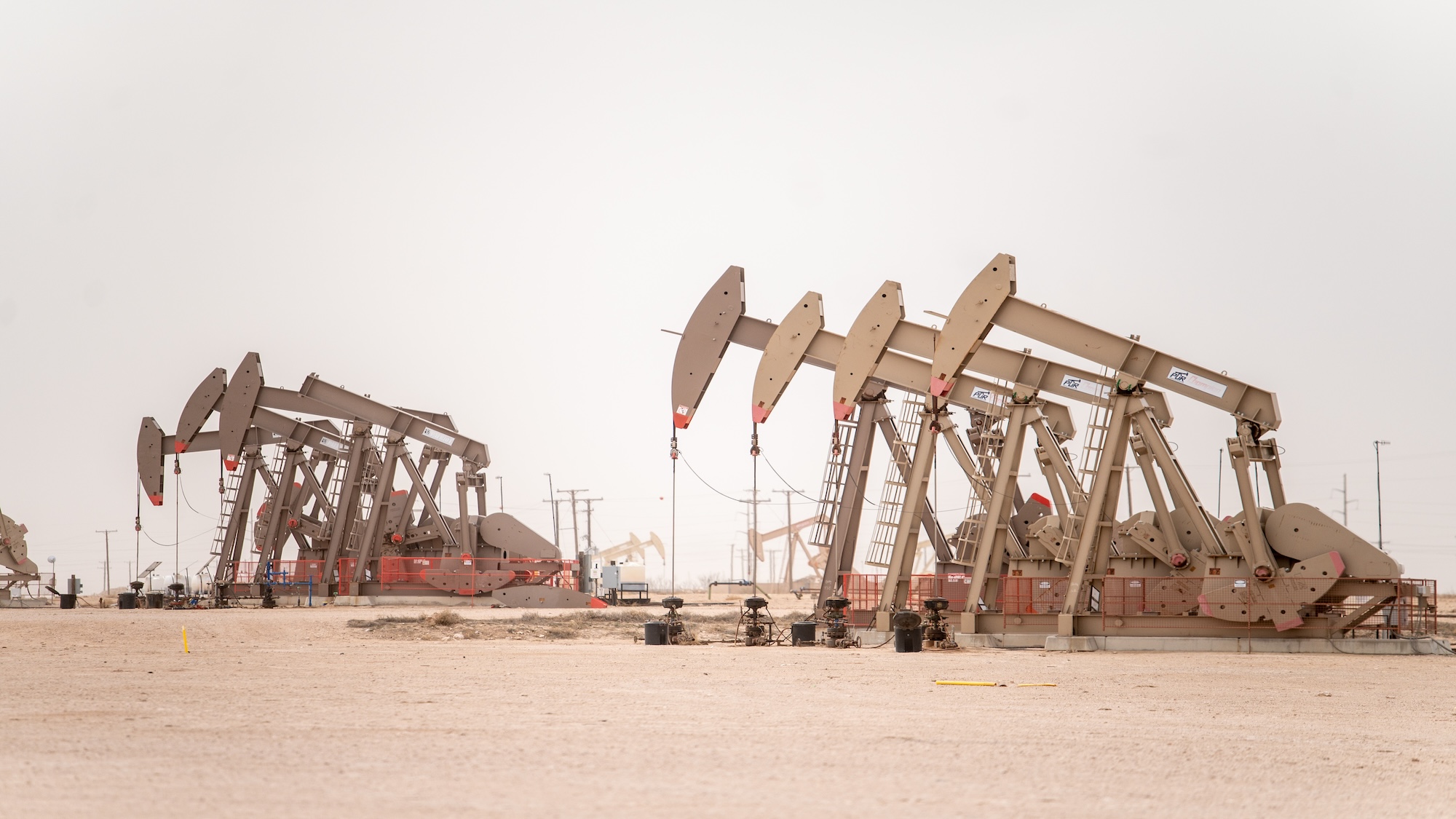 Recent mega-mergers could signal a turning point for the US oil industry
Recent mega-mergers could signal a turning point for the US oil industryTalking Point Both Chevron and Exxon have recently spent billions to acquire smaller oil companies
-
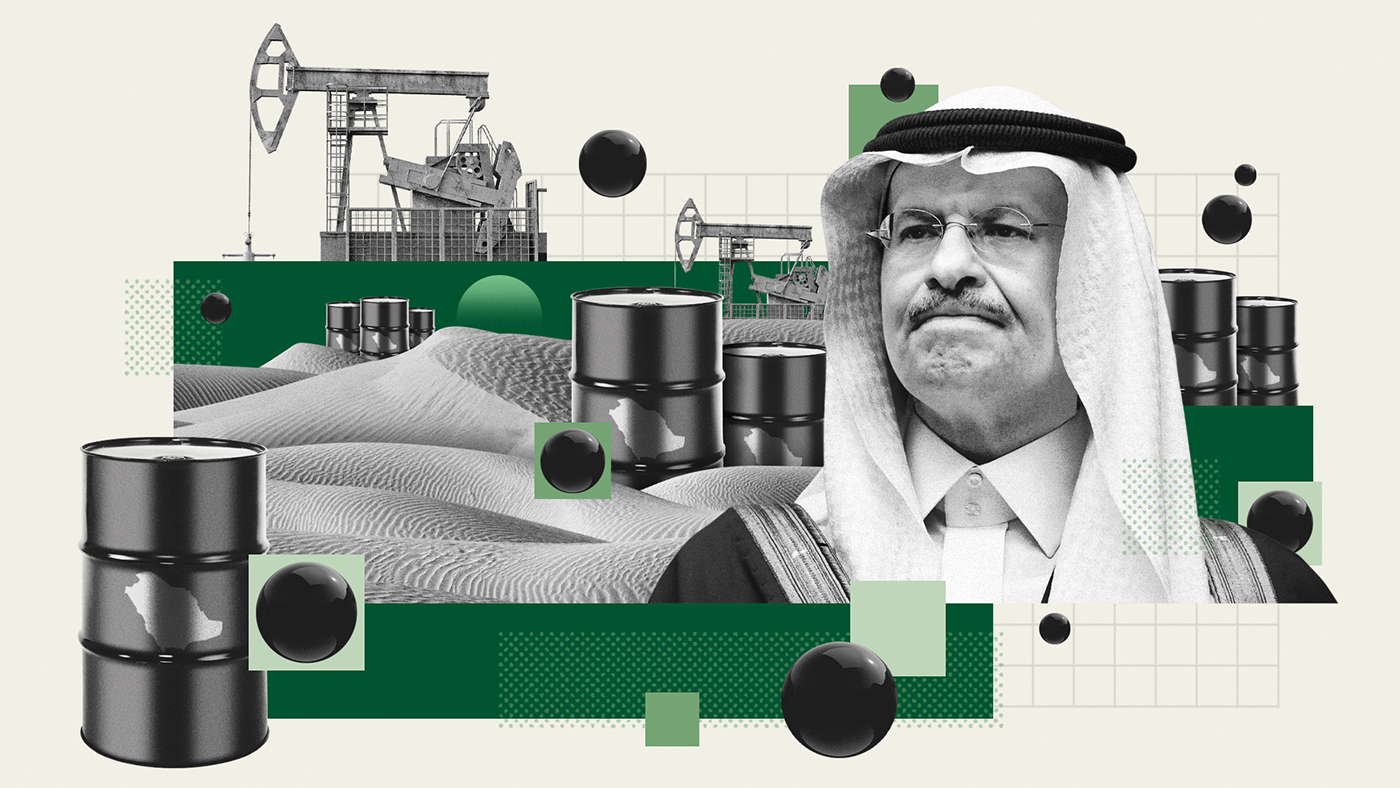 Has Saudi Arabia lost control of oil prices?
Has Saudi Arabia lost control of oil prices?Today's Big Question Kingdom goes it alone to cut production, risking tension with US and reigniting cooling inflation in Europe
-
 US angered by Opec+ oil cut
US angered by Opec+ oil cutSpeed Read Energy prices to rise further as producers slash supply by two million barrels a day
-
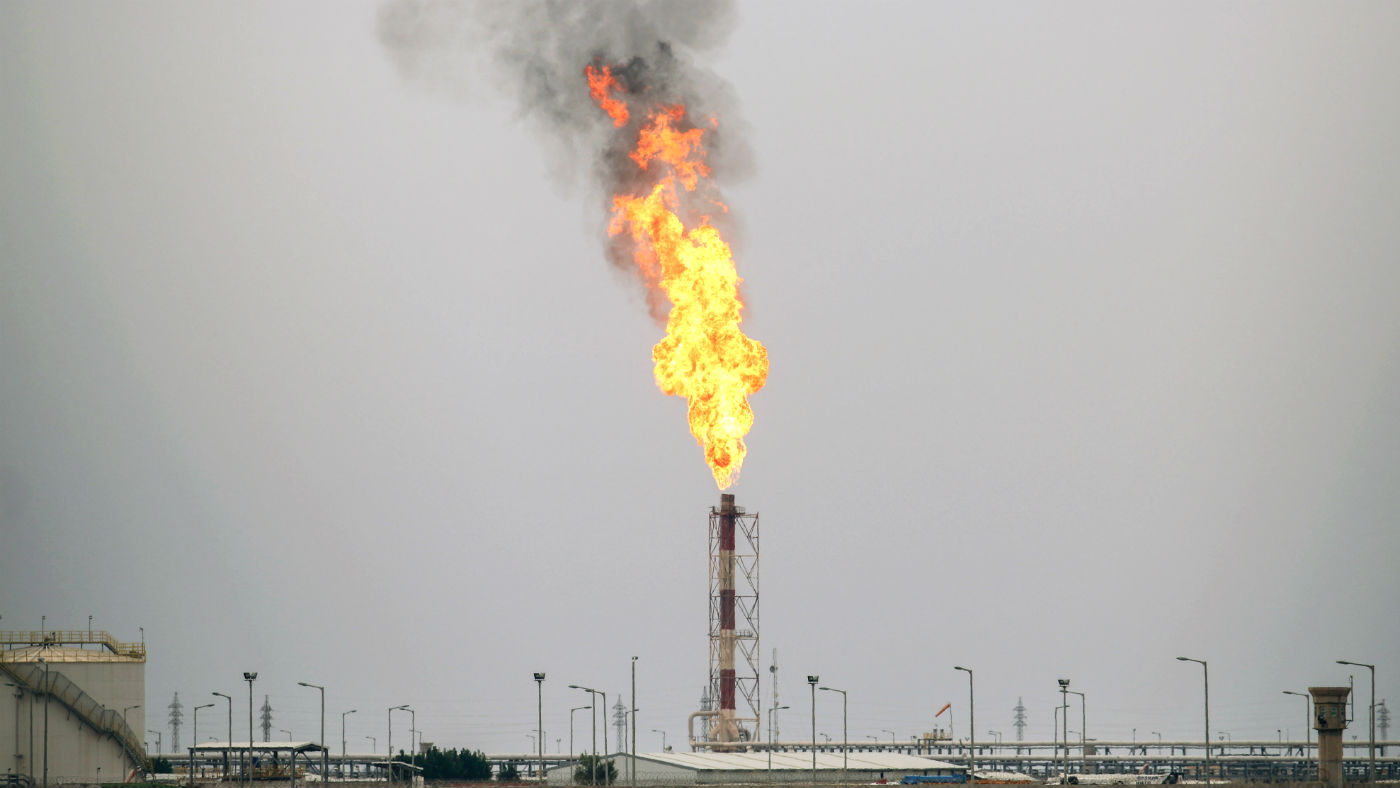 Global oil demand forecast lowered for 2020 and 2021
Global oil demand forecast lowered for 2020 and 2021Speed Read IEA report says jet fuel demand remains the major source of weakness
-
 Are US-Iran tensions flaring again?
Are US-Iran tensions flaring again?In Depth Trump threatens military action over Twitter
-
 Can a deal be struck to raise oil prices?
Can a deal be struck to raise oil prices?In Depth Opec+ will convene today over video link in a bid to boost crude
-
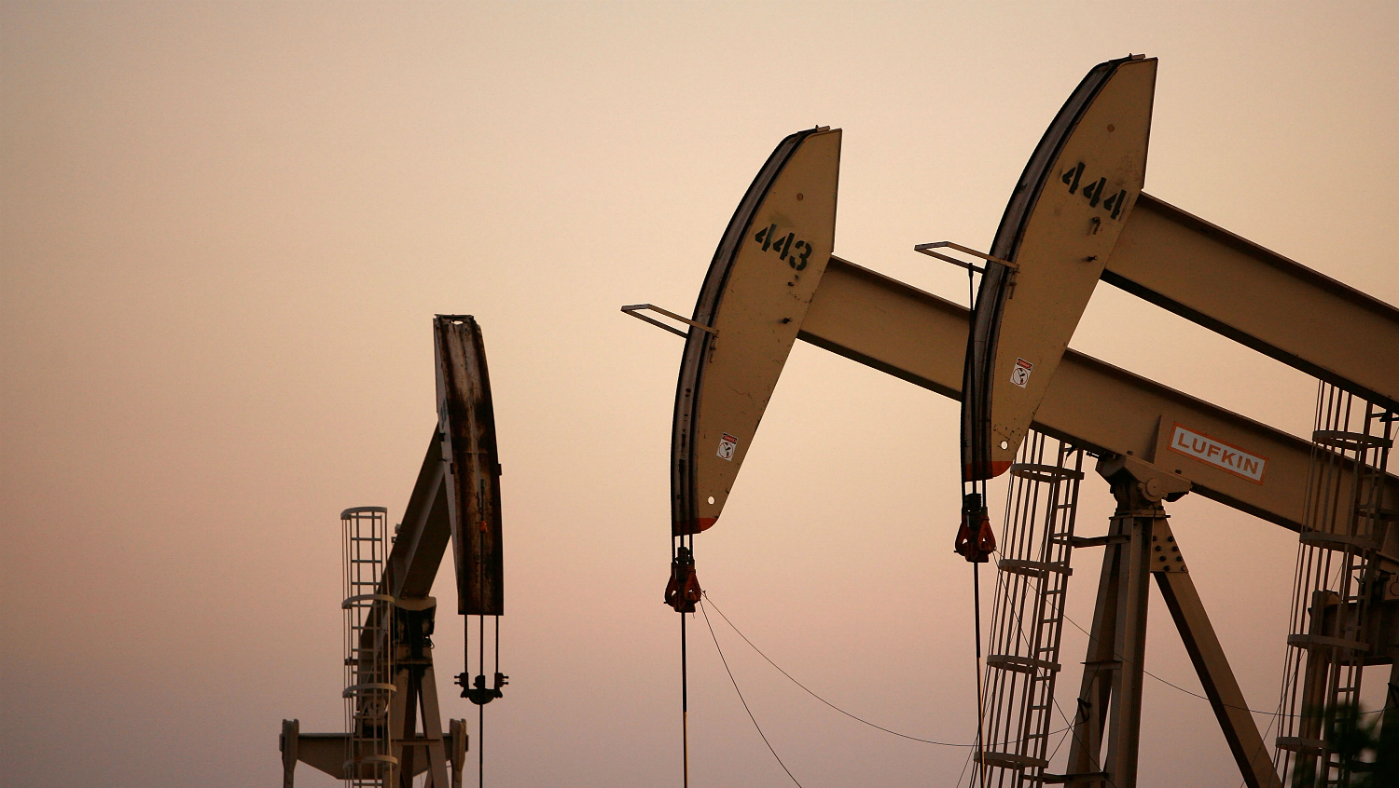 What do negative oil prices mean?
What do negative oil prices mean?In Depth Perfect storm of oversupply and storage shortages sees producers paying to get rid of US crude